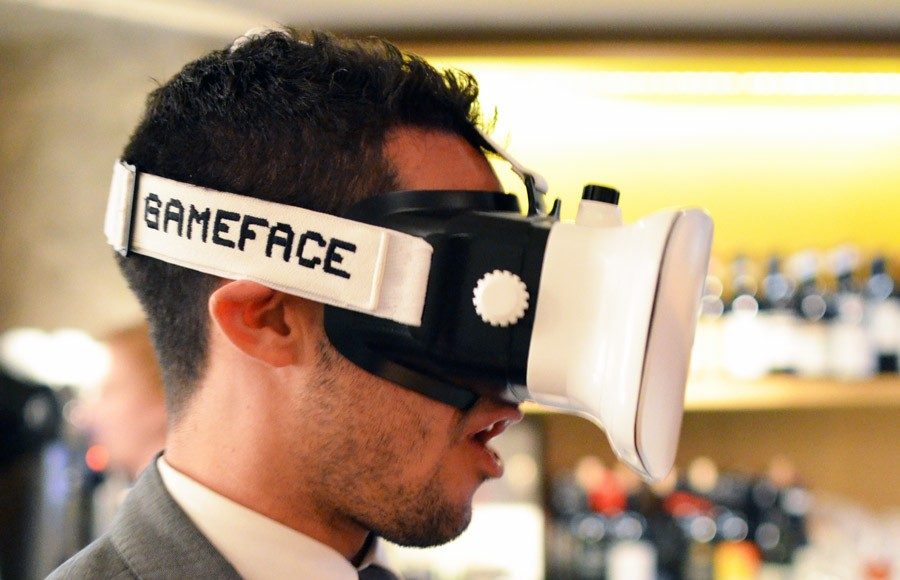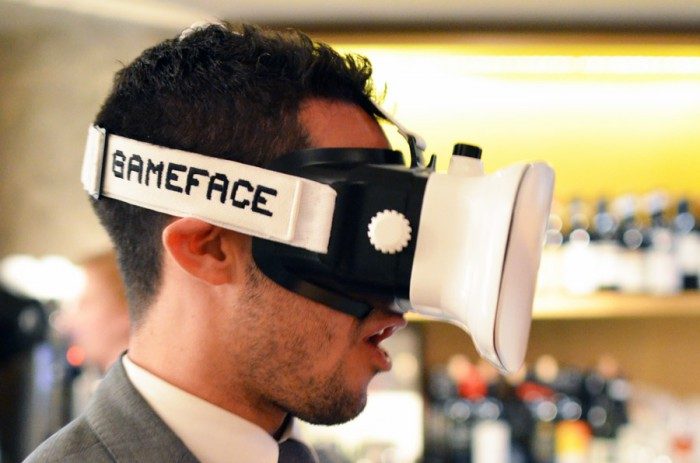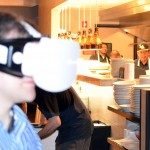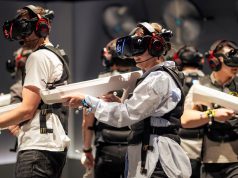I just got my head out of 2.5k VR and it was beautiful.
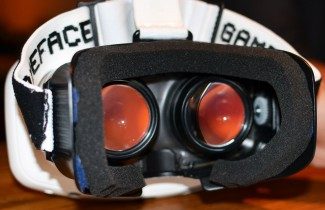 Road to VR today got the first glimpse at GameFace Lab’s newest ‘Mark 5’ prototype. The unit features a completely new design from what we’ve seen in the past, now with knobs on the sides to adjust eye-to-lens distance and a knob on top to adjust IPD. Inside is Nvidia’s powerful Tegra K1 board and a whopping 2560×1440 (2.5K / 1440p) resolution display. Also new on the GameFace Mark 5 are some beautiful new lenses with a huge exit-pupil, along with HDMI-out, MicroUSB, and a 3.5mm headphone jack.
Road to VR today got the first glimpse at GameFace Lab’s newest ‘Mark 5’ prototype. The unit features a completely new design from what we’ve seen in the past, now with knobs on the sides to adjust eye-to-lens distance and a knob on top to adjust IPD. Inside is Nvidia’s powerful Tegra K1 board and a whopping 2560×1440 (2.5K / 1440p) resolution display. Also new on the GameFace Mark 5 are some beautiful new lenses with a huge exit-pupil, along with HDMI-out, MicroUSB, and a 3.5mm headphone jack.
Let me tell you, 2.5K virtual reality is gorgeous.
Even since I first put my head into Nick Pittom’s Spirited Away VR – Boiler Room Scene, I’ve been dying to see it at a resolution that did it justice. With the demo running on the GameFace Mark 5, that wish was finally answered. In my brief time with the Mark 5 prototype, the screen door effect seemed largely eliminated.
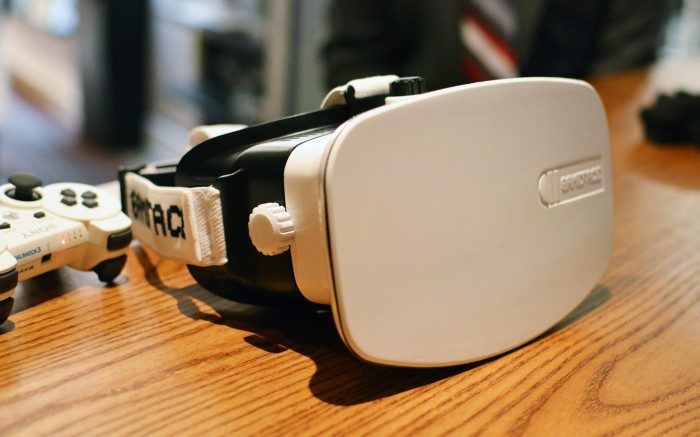 Resident podcaster Reverend Kyle was with me to see the GameFace Mark 5.
Resident podcaster Reverend Kyle was with me to see the GameFace Mark 5.
“This iteration of the GameFace clearly demonstrates that this HMD is a serious contender in the VR space,” he said after having tried the prototype.
Though it has bumped up the performance over prior GameFace prototypes, the Nvidia Tegra K1 board is quite massive in its current form; subsequently the Mark 5 is bigger and heavier than the previous prototypes, though I found it more comfortable against the face thanks to some improved ergonomics. GameFace Lab’s CEO Ed Mason told me that the final product will surely be smaller.
The company continues to work hard to optimize the mobile VR experience. While the Spirited Away VR scene looked excellent and ran at a relatively high framerate, the latency was still quite noticeable. In another demo, where I was searching for cubes in a dark dungeon, latency was significantly better—with only a few minutes in the experience and no quantitative testing, I can only say that it felt about as good as the DK1 in terms of latency.
Mason told me that the company still plans to ship their initial developer kit by the end of 2014.
Our impromptu look at the Mark 5 garnered attention from the surrounding population. At least one person thought it was Sony’s Project Morpheus, and then guessed Oculus Rift. Even a chef came by to see what the fuss was about.

